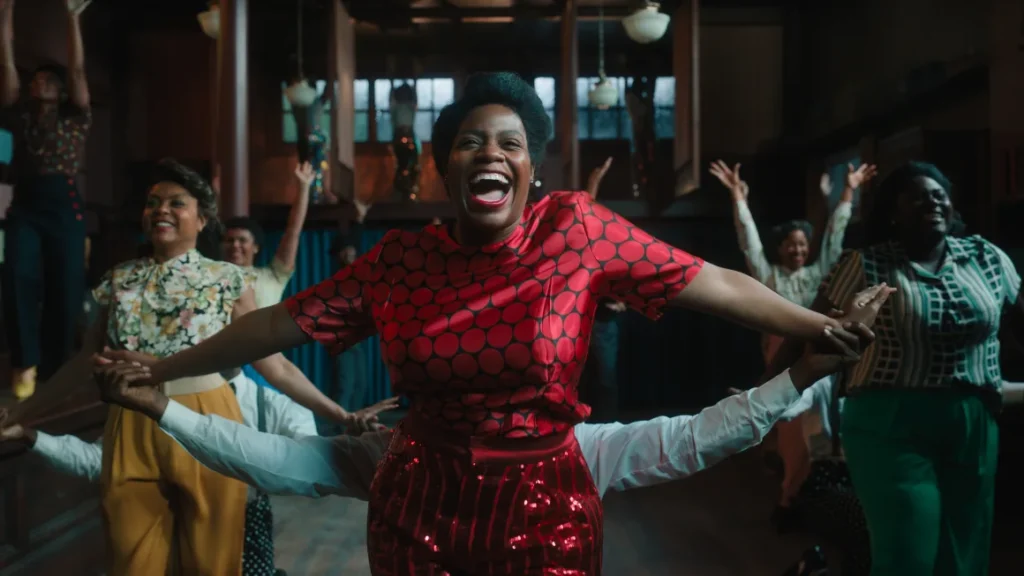
Completing the cycle from book to movie to musical to movie musical, “The Color Purple” lands on screen with its vibrant colors intact, opening up the musical numbers for the screen and showcasing the sensational cast. Spanning decades, the film version of the Broadway stage production improves in key respects on the Oscar-nominated original movie, with a spiritual message that should resonate through the holidays.
Counting powerhouses like Oprah Winfrey (who co-starred in the 1985 movie, and has been promoting this film with gusto) and the original film’s director Steven Spielberg among its producers, “The Color Purple” in some ways mirrors the movie version of “In the Heights” in how director Blitz Bazawule (whose credits include Beyoncé’s “Black is King” video) captures the Broadway energy of the song-and-dance numbers while capitalizing on the wider lens that film allows.
Set in Georgia beginning in 1909, the story plays out against a sobering backdrop of pain and abuse in the plight of Celie (Fantasia Barrino, reprising her Broadway role in her movie debut), who is bartered away by her abusive father to the cruel Mister (“Rustin’s” Colman Domingo). The move soon separates Celie from her sister Nettie (“The Little Mermaid’s” Halle Bailey, again luminous), the one person she truly loves.
Mister, meanwhile, is still pining for the songstress he wishes that he married, Shug Avery (Taraji P. Henson, belting out her songs with reckless abandon), who opens Celie’s eyes to wider possibilities and brings light into an otherwise bleak existence.
As the years pass, Mister’s son Harpo (Corey Hawkins) becomes involved with the outspoken Sofia, who, played by Danielle Brooks, steals every scene she’s in – no small feat in such a target-rich environment for supporting actors. Independent and prone to fighting back against patriarchal mores, Sofia encounters a force she can’t overcome: the overt, government-sanctioned racism under which they live.
While the music for “The Color Purple” doesn’t boast a steady parade of showstoppers, the songs advance the narrative and sand down the rougher edges of Celie’s grim situation, which explains how a story with so much underlying brutality could escape with a less restrictive PG-13 rating in this package.
Perhaps even more than the original movie (and yes, blink and you’ll miss a nostalgic cameo), “The Color Purple” offers a testament to endurance and spiritual resilience, driven powerfully home when Barrino belts out the Tony-winning musical’s signature song, “I’m Here.”
“The Color Purple” is, indeed, here, laid out as the centerpiece of a holiday season with lots of new movies but relatively few providing strong motivation to venture out to a theater. Overcoming those headwinds might be a challenge, but Bazawule and company have created the kind of rousing spectacle that benefits from sharing it with a crowd, on a screen equal to the scale of its performances and the size of its heart.
“The Color Purple” premieres December 25 in US theaters, and is being released by Warner Bros., like CNN, a unit of Warner Bros. Discovery. It’s rated PG-13.

